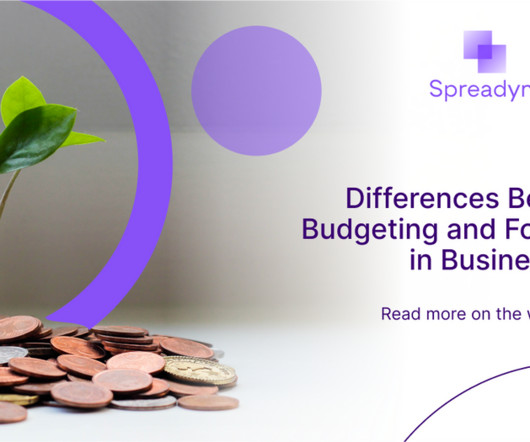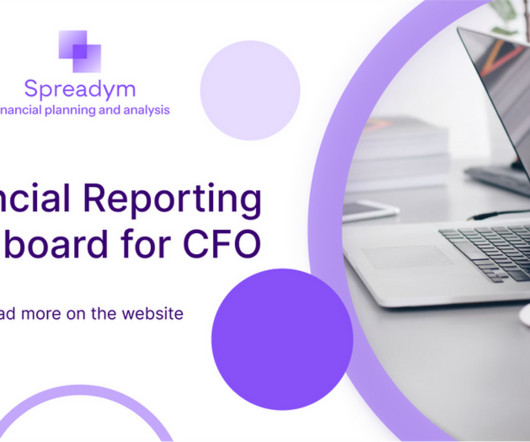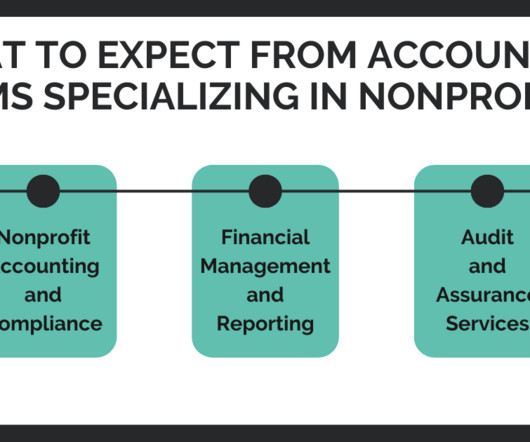Differences Between Budgeting and Forecasting in Business
Spreadym
SEPTEMBER 19, 2023
Budgeting and forecasting in business are both financial planning tools used by businesses, but they serve different purposes and have distinct characteristics. Here's an overview of the key differences between budgeting and forecasting. Forecast: Forecasts can vary in terms of their time horizon.




















Let's personalize your content